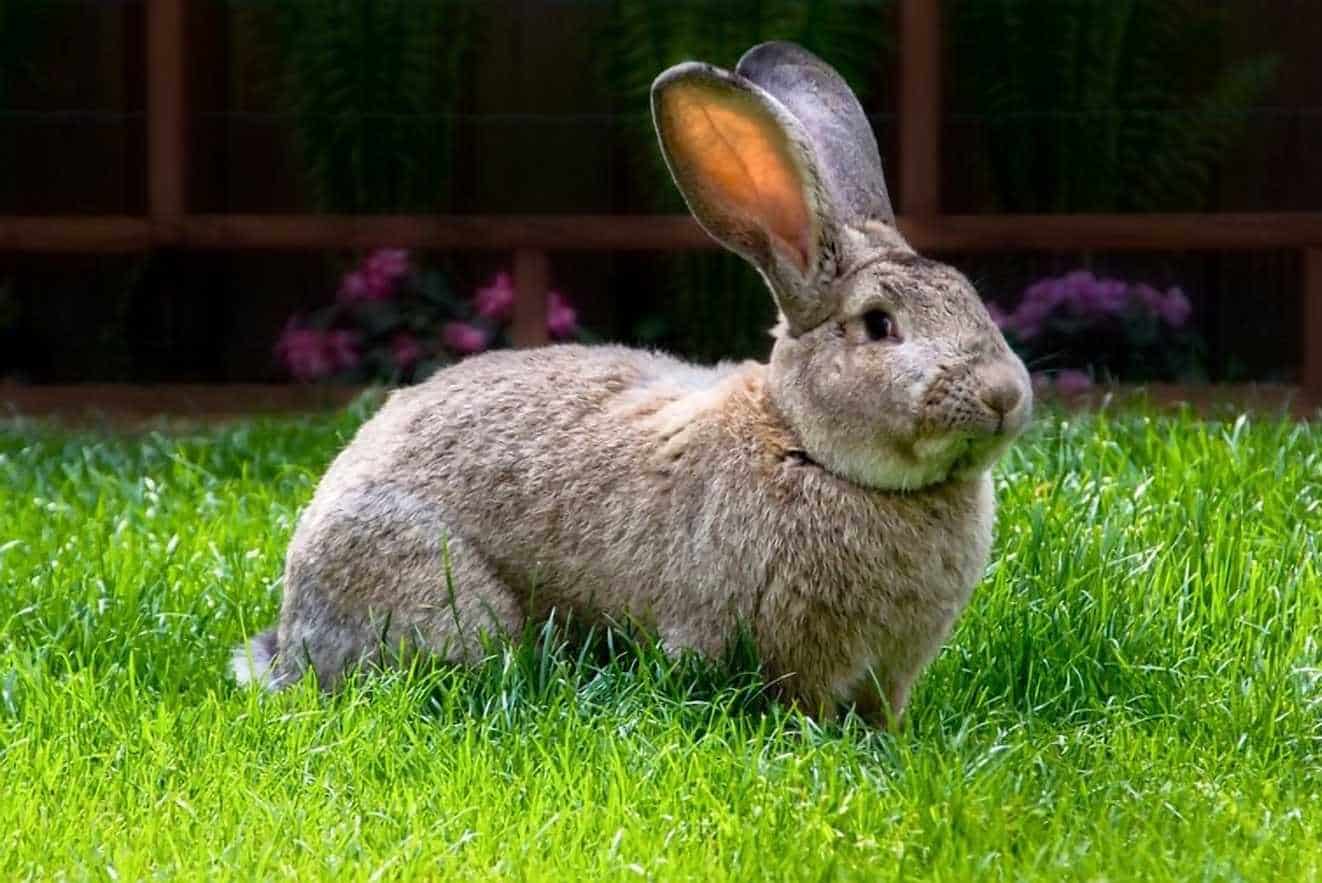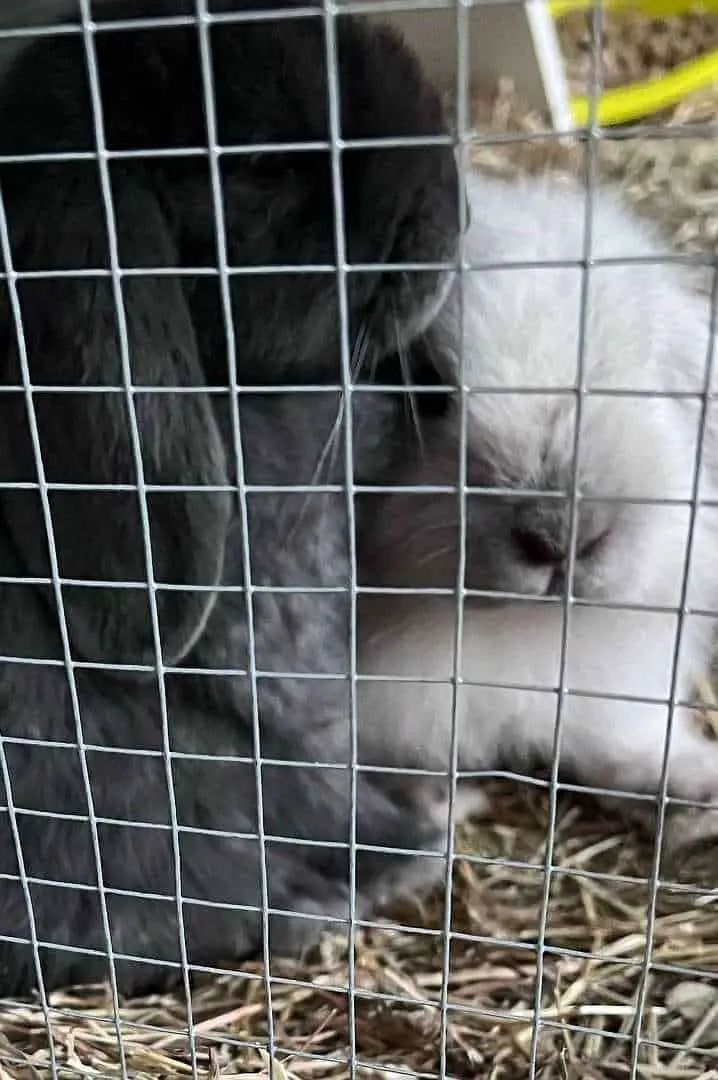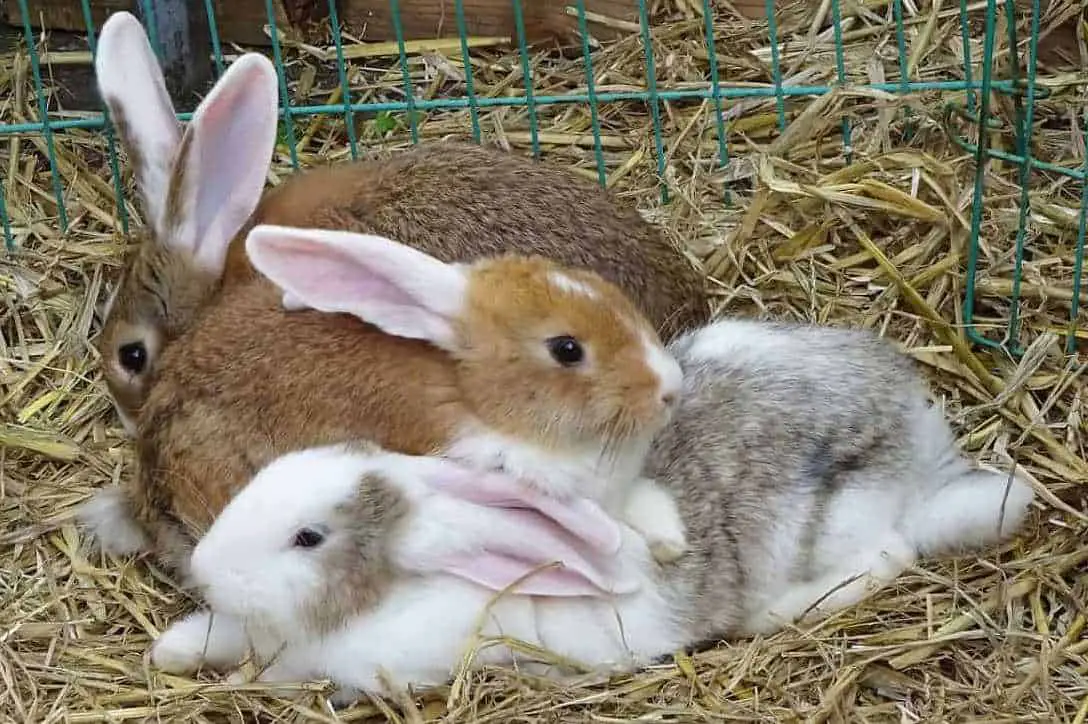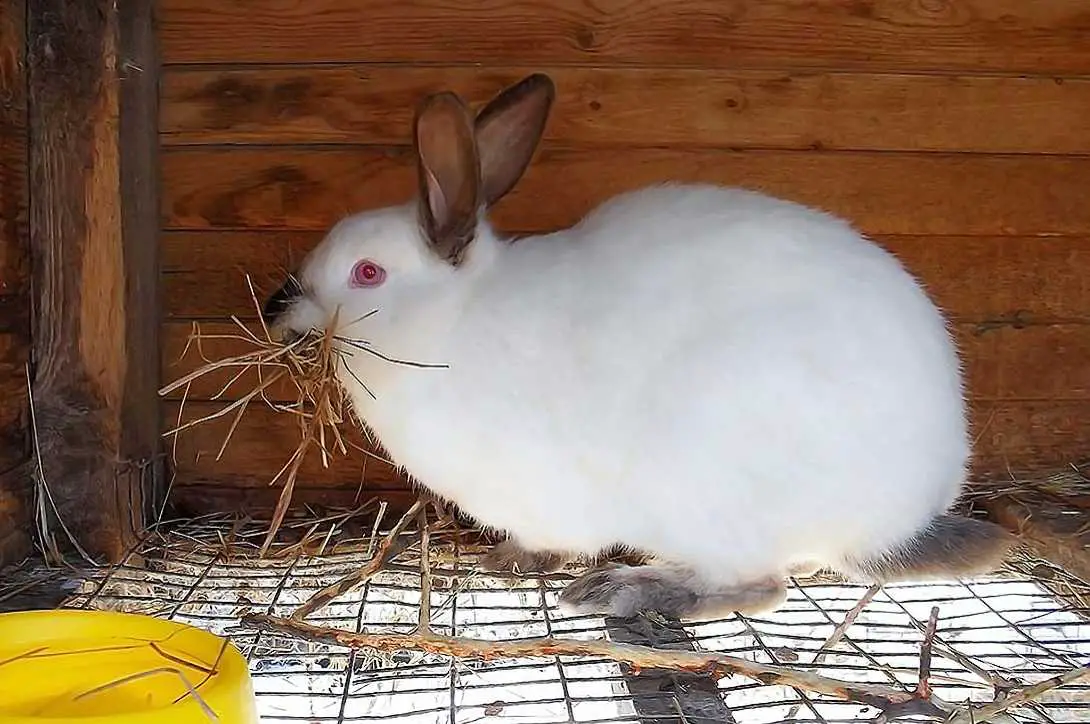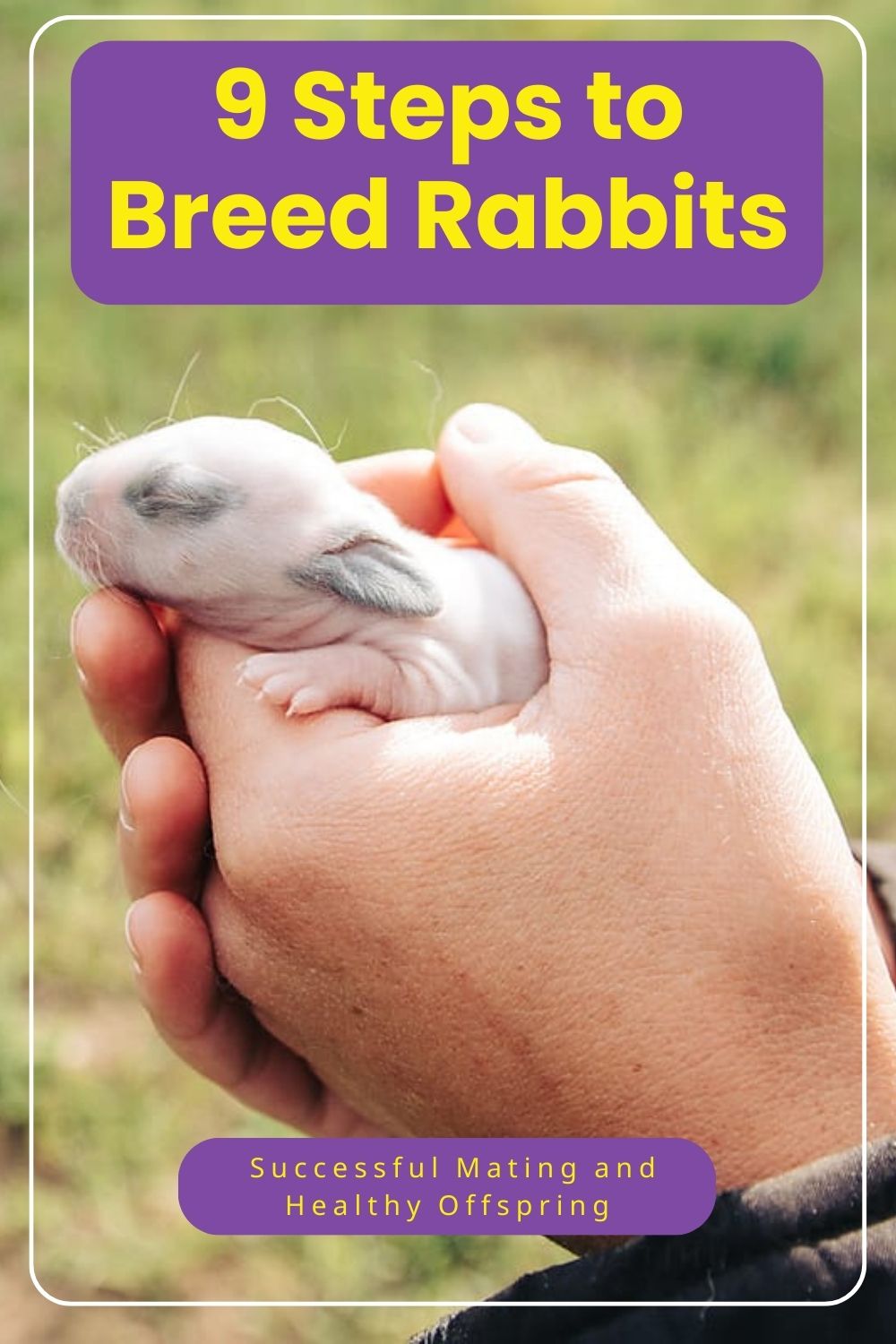Since they are prey to many animals, rabbits have developed a high reproductive rate to ensure their survival in the wild. However, with domestication, certain aspects of the breeding process have become more complicated. Here is a comprehensive guide on how to breed rabbits.
Step 1: Know Your Purpose for Breeding Rabbits
Breeding rabbits is common in commercial production and keeping the breed alive. To know the proper steps to take, you should first know your purpose for breeding rabbits. Do you want to use them for meat, fur, or producing show rabbits?
Breeding domestic rabbits indiscriminately is not advisable. It’s recommended to neuter and spay pet rabbits to lessen the risk of uterine infections, especially for the doe.
If you ever want a companion for your pet rabbits, getting one from a shelter or pet sanctuary is the best course of action.
Why do People Breed Rabbits?
Although rabbits are known as beloved pets to many, there are many commercial reasons, such as meat and fur production, that need them to be bred efficiently.
Besides commercial and domestic use, rabbits are also bred to keep a breed or genetic lineage alive. Since the 1900s, many breeds of rabbits have come and gone for various reasons. As rabbit breeders know the right way to breed rabbits, the process has become more streamlined.
Most well-known rabbit qualities, such as giant size, more fur, and more meat with less bone density, is due to mating and cultivating the correct type of rabbits.
Step 2: Find the Right Breed
Once you know your purpose for breeding rabbits, you must find the right type. You can check out our list of best meat breeds and best small breeds as a reference.
Different rabbits are suitable for various purposes. For example, angora and chinchilla rabbits are mainly used for fur, while the American rabbit is great for meat production. You can do much more comprehensive research to know which is the right breed that will fit the purpose.
Find your faviourte rabbit breed here.
Step 3: Let the Rabbits Reach Sexual Maturity
Different rabbits have different times of sexual maturity. Other factors such as health, diet, and habitat can also affect their capacity to produce kits. However, for the most part, the size of the rabbit is one of the most prominent defining factors of their sexual maturity.
Rabbit Size | Age of Sexual Maturity of Female | Age of Sexual Maturity of Male |
Small | 12- 16 weeks (3.5- 4 months) | 12- 20 weeks (3.5- 5 months) |
Medium | 16- 24 weeks (4.5- 6 months) | 20- 24 weeks (5- 6 months) |
Large to Giant | 28- 32 weeks (7- 8 months) | 32- 36 weeks (7- 9 months) |
Small breeds tend to mature faster than medium and giants most of the time. If the production is for meat and fur, they mostly use medium size as they have a more commercial body but still mature a lot faster than giant breeds.
Having the rabbit at the right age for mating will ensure that you will have kits in no time. It also lessens the risk of injuries to juvenile rabbits, especially the doe.
Step 4: Make Sure That the Doe is in Heat
Before starting the mating process, making sure that the doe is in heat will increase the likelihood of successful breeding.
Although female rabbits do not have a regular ovulation cycle like many other animals, they ovulate in response to mating, often referred to as induced ovulation. One of the signs of a fertile female rabbit is the change in color of its genital organs.
The protrusion in the genital region of the female rabbit will appear darker red to a light violet color. Usually, the protrusion of the female rabbit is pale pink, so check if she’s receptive.
Other behavioral signs are the doe’s constant ‘showing off’ towards the buck. They might present themselves by showing their rear side to the male rabbits.
Step 5: Bring the Doe to the Buck’s Hutch
Once you ensure that the doe is in heat, it’s time to begin the mating process. As a start, place the doe in the buck’s hutch or cage. It’s not recommended to do it the other way.
Placing the male rabbit in the female rabbit’s cage can trigger territorial aggression. Female rabbits are more protective of their territory compared to bucks. By placing the female rabbit in the male rabbit’s cage, it lessens the chances of fighting between the pair.
Step 6: Let the Rabbits Interact with Each Other
After placing the doe in the buck’s hutch, they may start interacting before the actual mating starts. This is a very off-hand and passive step. It’s not recommended to be near them as they get ready for mating.
You can leave them for thirty minutes to an hour before checking again. If you have a small camera to watch over them, it’s much better. Hanging around as the couple will hinder the process as they might be distracted by the noises we humans make.
If you decide on silently observing the process, you could see the doe and the buck running around inside the cage. The male rabbit tends to sniff the backside of the female rabbit to see if it’s willing or not.
It can be a very long process, so leave them for an hour if you do not want to stick around.
Step 7: Mating Process
The male rabbit is the one that initiates the mating process. After interacting, the buck will start the mating process by mounting the doe’s rear. If the doe is receptive, it will let the buck start mating.
There is a sign that signifies the finished process of mating for rabbits. The buck will make a characteristic “fall off” and may thump his foot after mating, signaling successful copulation.
Step 8: Remove the Doe from the Buck’s Cage
After the mating process, you can proceed to remove the doe from the buck’s cage. This is to let them rest for half an hour to allow them to regain their strength.
Step 9: Repeat the Mating Process
To ensure pregnancy for the doe, it’s recommended to repeat the process two to four times to ensure successful breeding.
Let them have rest for about half to a full hour before resuming the mating process. Do the mating process for a span of a day to increase the chance of pregnancy.
How to Ensure Pregnancy of Female Rabbits?
Of course, we cannot fully control the results of every breeding process. However, we can take some steps to heighten the chances for success, such as:
Give Proper Diet to the Rabbits
By providing the rabbits with the proper nutrients, you also offer them the necessity for a healthy and robust body. When the rabbit is healthy, all the facets of its body can function correctly. This also includes their reproduction.
Rabbits with a poor diet or lacking essential nutrition may face challenges breeding. Developing kits also need their mother’s proper nutrients and minerals to be healthy mature rabbits.
Track the Rabbit’s Age
The age of the rabbit will affect its breeding capacity. Most rabbits reach the end of their sexual capabilities at around four to six years old.
The prime age for rabbits to breed is around seven months until they are two to three years old. Having rabbits in the suitable age range will make the whole breeding process smoother and more manageable.
Signs of a Rabbit Pregnancy
Now that we have increased the chances for a successful pregnancy, here are the signs you might have to look out for.
Bumps Along the Abdominal Area
If you are a seasoned rabbit breeder, this process is more straightforward for you to do. When the unborn rabbits are around two to three weeks, the fetuses can become more noticeable when you gently press on the abdominal area of the rabbit.
Enlarged Nipples
As mammals, pregnant rabbits develop more prominent nipples from the onset of their pregnancy to their kindling stage. It may be hard to notice as they tend to be covered with fur, but if you lift the coat along their body, you will see the enlarged nipples.
Nesting
Nesting mostly happens around the last three days of the pregnancy. If the pregnant rabbit is housed in a free-range setting, she may start to gather dried grass and weeds to build a nest in a secluded spot. As the doe begins to go deeper in the nesting process, it will pull away little bits of its fur to make bedding for the nest.
If there is no wide and open space for the rabbit to have a nest, you can provide it with a synthetic one made for domestic rabbits. Providing them with hay and dried twigs will also greatly help.
Summary
The breeding process of rabbits can be complicated and challenging sometimes. I hope that you will have a more quick and successful breeding process with this comprehensive guide on how to breed rabbits.

